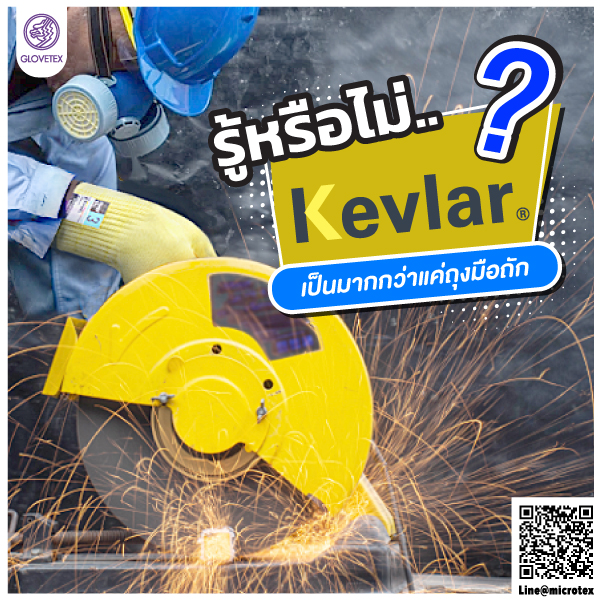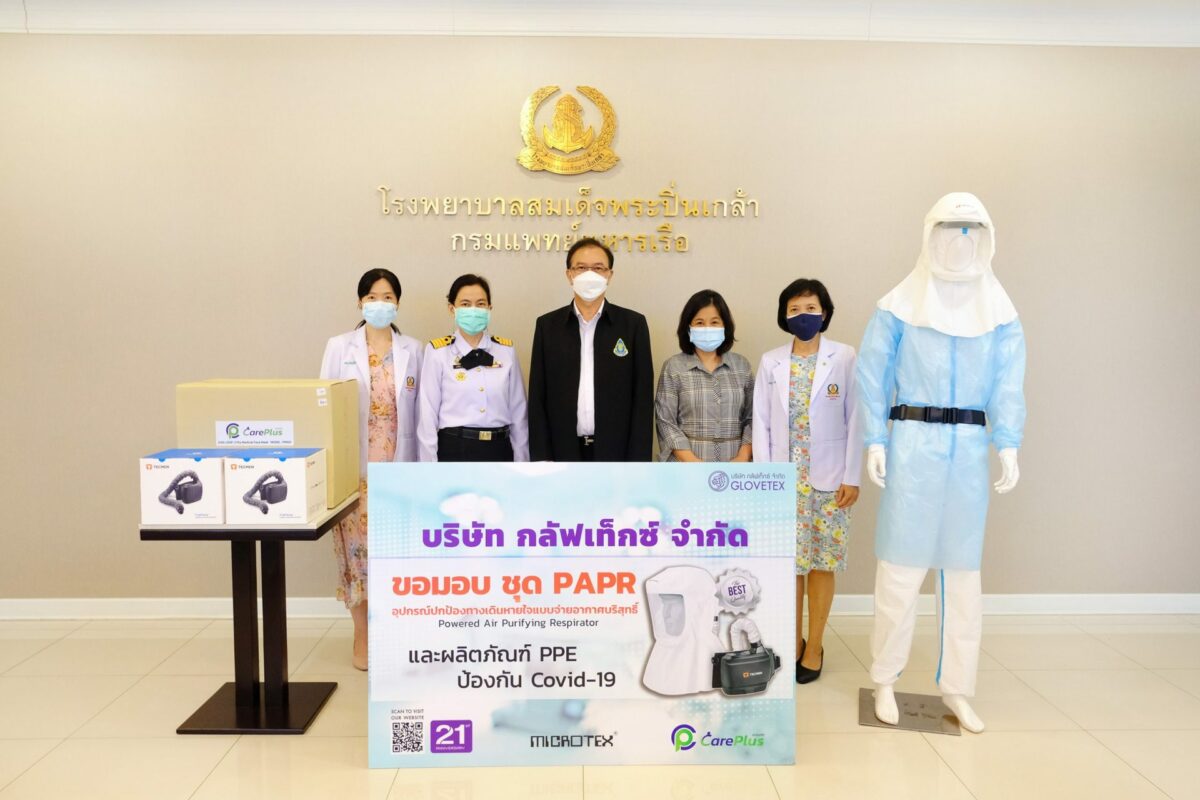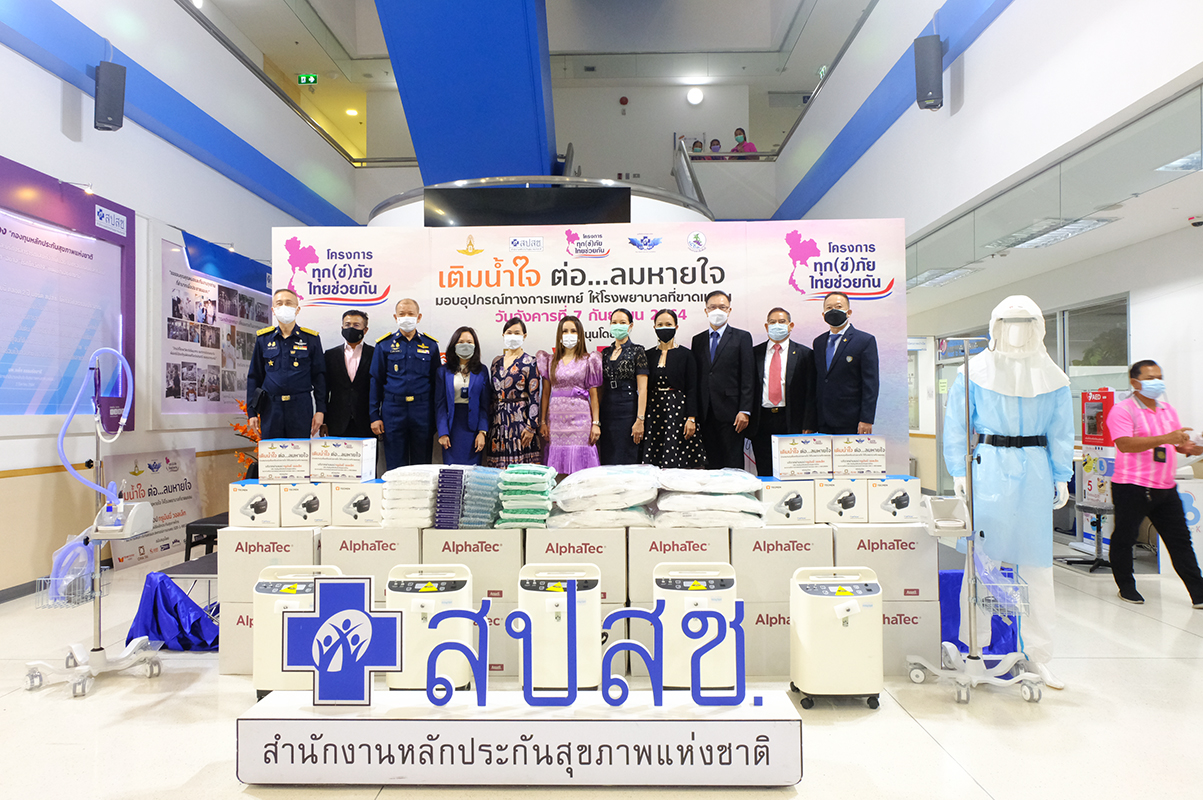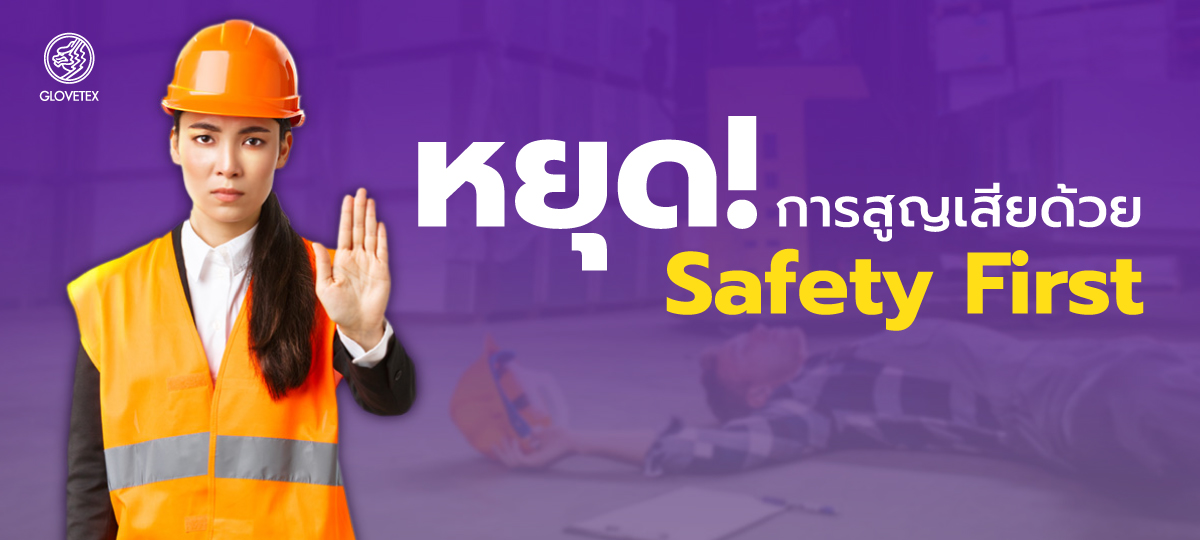What is a PAPR (Powered Air-Purifying Respirator) Suit?
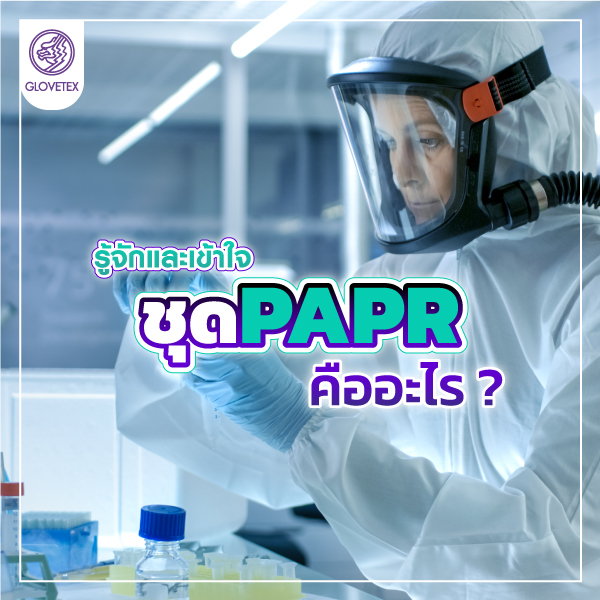
In the current COVID-19 pandemic, there is a significant risk for healthcare professionals who spend extended periods in high-risk environments with numerous COVID-19 patients. This increases the likelihood of exposure and potential transmission of the virus. The PAPR (Powered Air-Purifying Respirator) suit is designed to protect healthcare workers’ respiratory systems from such infections. This equipment is highly beneficial in mitigating the risk of contracting the virus. Let’s take a closer look at what makes the PAPR suit an essential tool in these challenging times.
A Powered Air-Purifying Respirator (PAPR)
is a type of respiratory protection equipment that uses a battery-powered fan to supply clean, filtered air to the wearer. It is designed to protect individuals working in environments with high exposure to hazardous chemicals or viruses. The PAPR operates by drawing air through filters and delivering it into a headpiece or hood, creating positive pressure within the hood. This positive pressure prevents contaminants such as viruses and bacteria from entering the suit, providing a higher level of protection compared to standard masks and PPE. PAPRs are used in industrial, commercial, and emergency response settings, including healthcare environments. Despite being called a “respiratory protection device,” it is commonly referred to simply as a “PAPR suit.
Components of a PAPR System
The PAPR (Powered Air-Purifying Respirator) system consists of the following components:
- Head Gear:
- Hood: Also known as a loose-fitting headpiece, it covers the head loosely.
- Full-Face Mask: Also known as a tight-fitting mask, it provides a secure fit covering the entire face.
- Filtration System:
- This system includes filters that clean the air before it reaches the wearer.
- Power Source:
- The power source, often a battery-operated fan, provides the airflow required for air purification and delivery.
How to Choose a PAPR System
When selecting a PAPR (Powered Air-Purifying Respirator) system, consider the following key factors:
- Head Gear:
- Hood: Choose a head cover based on the intended use. For chemical protection, select a hood specifically designed to resist chemical exposure. For virus protection, ensure the hood provides a secure seal and meets relevant standards.
- Filter:
- Chemical Protection: Select filters designed for the specific chemicals you need to protect against. Filters should be compatible with the types of chemicals present in your environment.
- Virus Protection: Choose filters that are designed to capture viral particles. Typically, for European standards, filters are rated as P3, which offer 99.9% filtration efficiency.
- Standards and Testing:
- Ensure the PAPR system complies with relevant standards. For European standards, check for compliance with:
- EN 12941: For respiratory protective devices used in contaminated environments.
- EN 12942: For powered air-purifying respiratory protective devices.
- EN 143: For particle filters.
- Ensure the PAPR system complies with relevant standards. For European standards, check for compliance with:
By focusing on these components and standards, you can select a PAPR system that provides effective protection based on your specific needs.
PAPR Systems: Essential in the Fight Against COVID-19
Currently, PAPR (Powered Air-Purifying Respirator) systems are highly sought after for use in managing COVID-19 cases in Thailand. In environments where frontline workers must assist patients at various locations, simply wearing personal protective equipment (PPE) and masks may not be sufficient, especially in cohort wards or field hospitals where prolonged exposure to virus-laden air, dust, and extreme temperatures is common.
PAPR systems offer significant advantages in these conditions by providing a high level of respiratory protection. However, despite their critical role, PAPR systems are notably more expensive than standard PPE, leading to shortages in many hospitals during this crisis.
If you’re interested in providing clean, breathable air to medical personnel during the COVID-19 pandemic to prevent respiratory distress, unconsciousness, or exhaustion, or if you need PAPR systems for use in hazardous industrial environments, please contact us for special pricing.
Click the image or link below for more details on our PAPR systems
https://www.facebook.com/Glovetex.Safety
Tel. 083-989-7512 (เพื่อสอบถาม หรือขอใบเสนอราคา)
Line : @microtex หรือคลิก https://lin.ee/wgXULga

